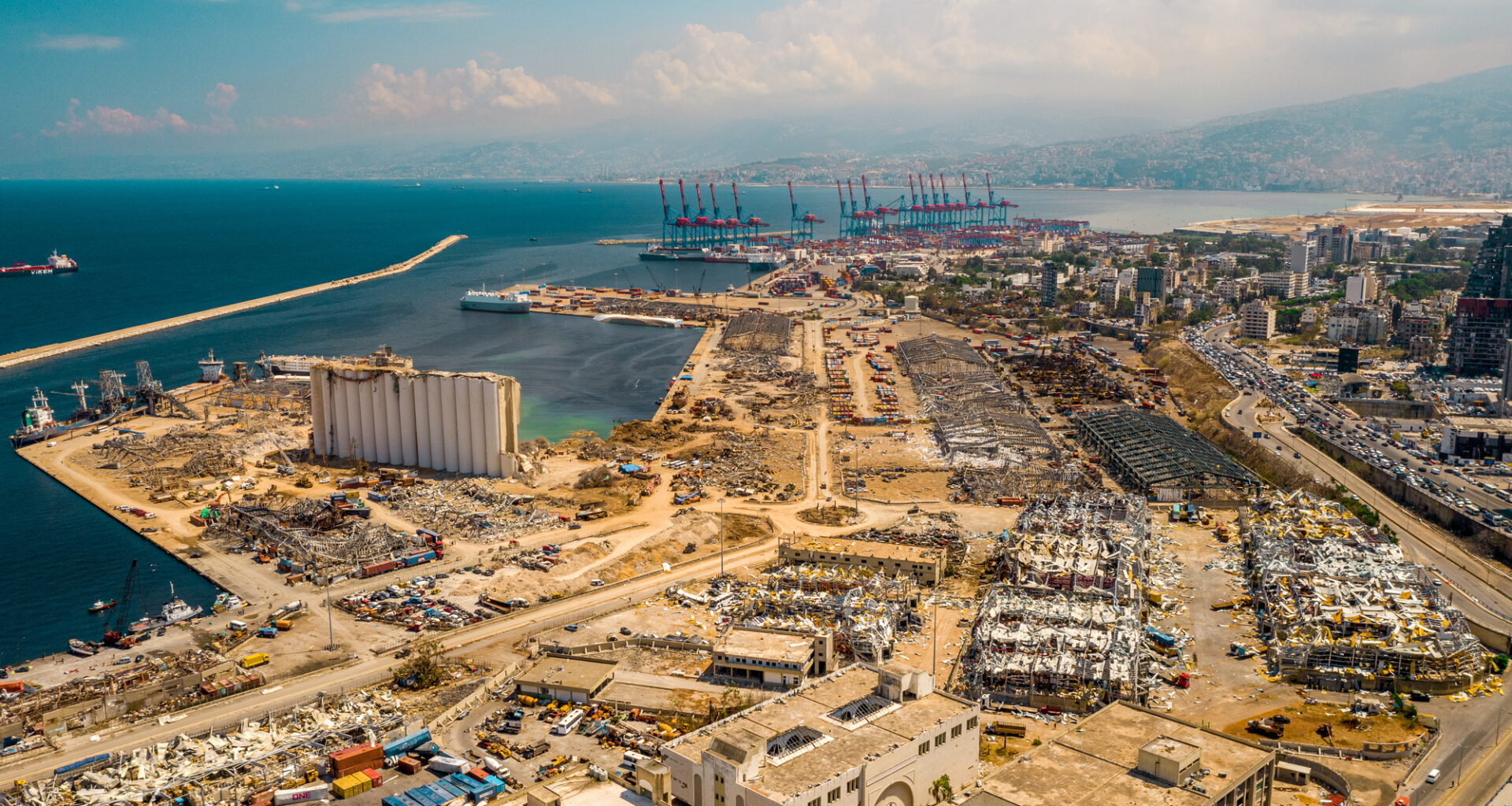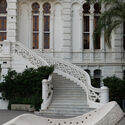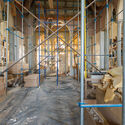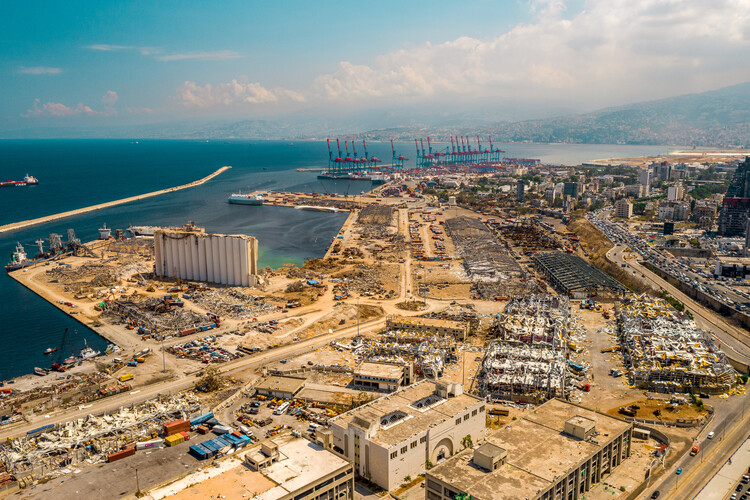 Beirut after the explosion on August 4, 2020. Image © Rami Rizk
Beirut after the explosion on August 4, 2020. Image © Rami Rizk
Share
Or
https://www.archdaily.com/1034637/unesco-launches-new-restoration-projects-in-beirut-following-the-2020-explosion
A blast destroyed 40% of the city of Beirut on August 4, 2020. Five years after the port explosions, the UNESCO Director-General visited Lebanon to assess the institution’s work in the capital city. UNESCO’s efforts have been based on the recognition that the explosion destroyed numerous buildings and historic neighborhoods that were home to a community of cultural professionals, leaving a void in the city’s cultural landscape and economy. The organization mobilized international efforts to restore, reactivate, and safeguard Beirut’s heritage buildings, schools, museums, and cultural institutions, seeking to provide a comprehensive response to protect the city’s cultural fabric. During the visit in September, new restoration and reconstruction programs were announced, including the rehabilitation of the Mar Mikhael train station and Beirut‘s Grand Theatre, as well as support for cultural industries in Tyre and Baalbek.
The new project covers three locations. The visit marked the start of the renovation of the Mar Mikhael train station, an iconic site of over 10,000 m² that once connected three continents. Currently in ruins, it is set to be transformed by UNESCO and UN-Habitat into a cultural and public space for the residents of Beirut, scheduled to open in 2027. Another emblematic landmark, Beirut’s Grand Theatre, which has been closed since 1990 and further damaged in 2020, is set to undergo an extensive restoration. The first phase focuses on stabilizing the structure and developing a cultural program in coordination with the municipality, the Ministry of Culture, and civil society. Finally, in Tyre and Baalbek, both Phoenician cities listed as World Heritage sites, UNESCO has committed to funding seven artistic and craft projects.
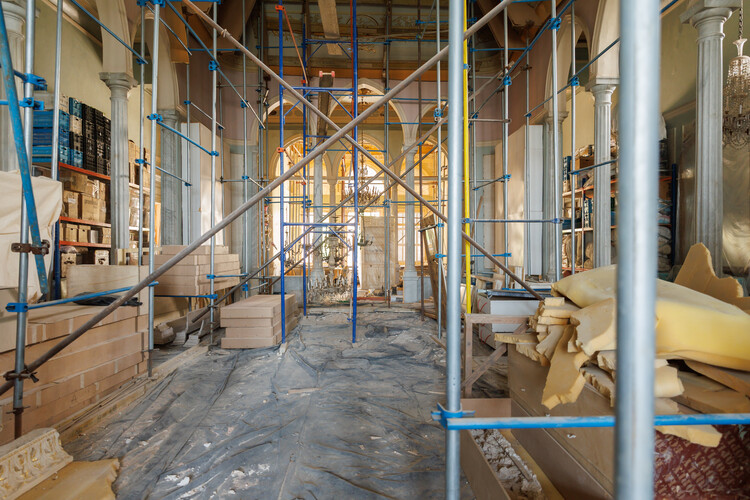 Visit of the Sursock Palace. Image © UNESCO / Fadi Farhat
Visit of the Sursock Palace. Image © UNESCO / Fadi Farhat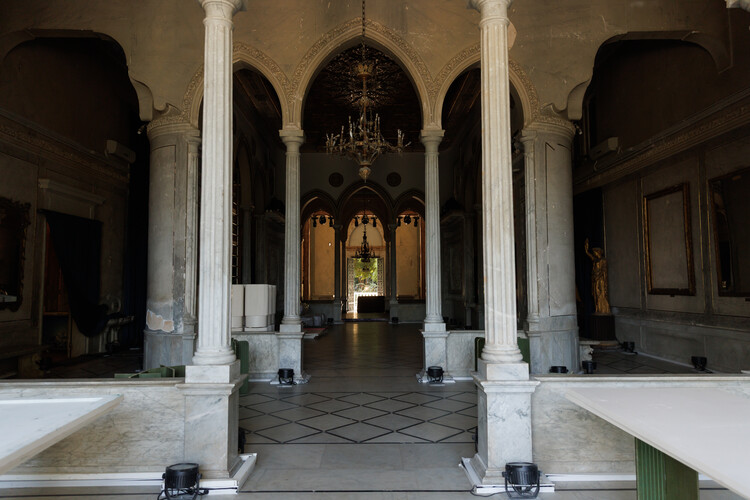 Visit of the Sursock Palace. Image © UNESCO / Fadi Farhat
Visit of the Sursock Palace. Image © UNESCO / Fadi Farhat
In the aftermath of the port explosions, UNESCO launched the LiBeirut initiative to mobilize funds for the city’s reconstruction. The organization coordinated the rehabilitation of 280 educational institutions and provided equipment to 126 public schools, including teacher training for hybrid education. The Sursock Museum, a symbol of Beirut’s cultural life, reopened in May 2023 after UNESCO-supported restoration. The Sursock Palace continues to receive assistance for the stabilization of its historic ceilings and for training young heritage specialists. The institution states that the expertise gained since 2020 has allowed for the rapid deployment of emergency response plans in subsequent crises.
Related Article The Contemporary Approach to Rebuilding Cities Post-Disaster: The Case of Beirut
The organization has carried out damage assessment and technical support missions to several cultural sites across Lebanon. The BERYT project (“Beirut Housing Rehabilitation and Cultural and Creative Industries Recovery”), financed by the Lebanon Financing Facility and launched in 2022, focuses on revitalizing Beirut’s cultural and creative industries through targeted grants, training, and programming for artists, artisans, and cultural practitioners. The project supports six cultural domains: performing arts; visual arts and crafts; intangible heritage; audiovisual and interactive media; heritage and tourism; and literature and press. It has contributed to neighborhood renewal through 328 public events, including exhibitions, performances, community gatherings, and workshops dedicated to skills development, capacity-building, and knowledge transfer.
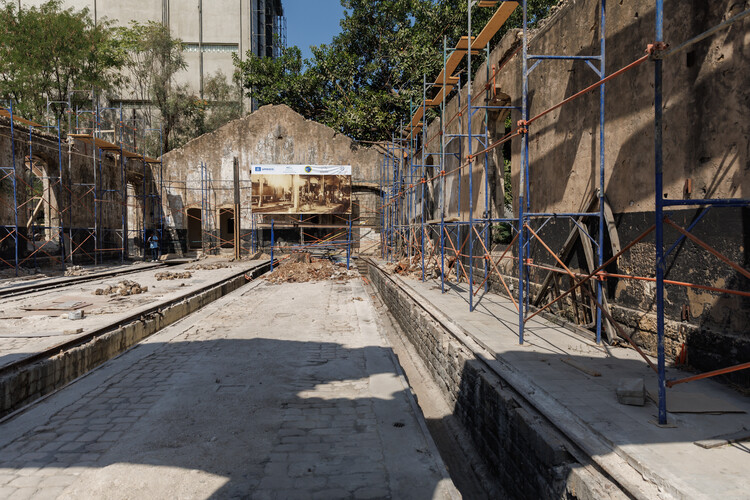 Rehabilitation of Beirut Mar Mikhael Train Station. Image © UNESCO / Fadi Farhat
Rehabilitation of Beirut Mar Mikhael Train Station. Image © UNESCO / Fadi Farhat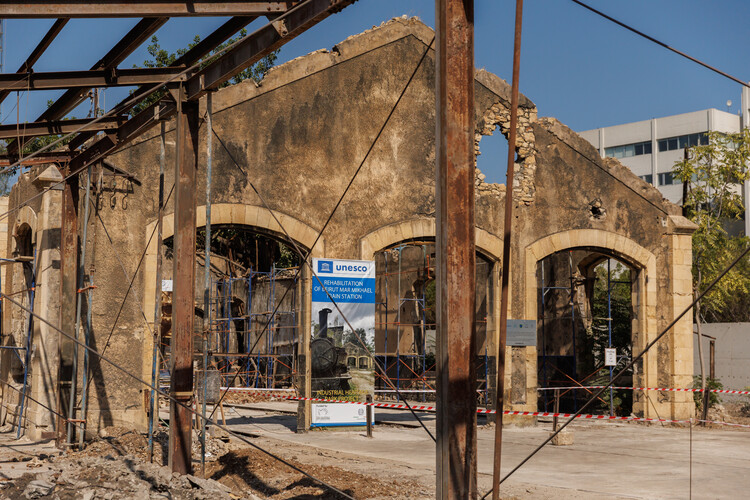 Rehabilitation of Beirut Mar Mikhael Train Station. Image © UNESCO / Fadi Farhat
Rehabilitation of Beirut Mar Mikhael Train Station. Image © UNESCO / Fadi Farhat
In July 2025, during the 47th session of the World Heritage Committee, UNESCO added 26 new World Heritage sites, emphasizing African heritage and shared prehistory. On September 1, 2025, the agency marked the completion of its restoration program in the city of Mosul, Iraq, a series of large-scale initiatives aimed at rebuilding urban and cultural landscapes, including the reconstruction of three major religious and cultural landmarks and 124 heritage houses. Other recent heritage restoration initiatives include the renovation of a heritage building in central London by Sumayya Vally; Lina Ghotmeh’s project to transform a historic residence into the Jadids’ Legacy Museum in Bukhara, Uzbekistan; and the addition of five modernist landmarks in the United States to the Getty Foundation’s Conserving Black Modernism grant program.

